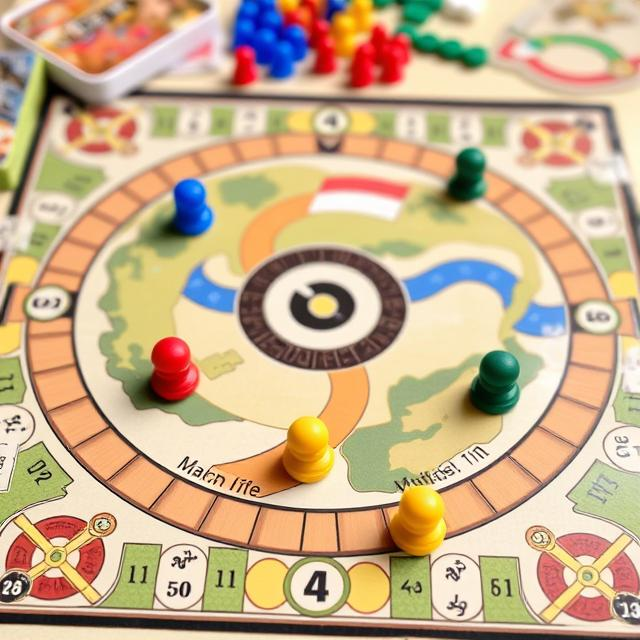Creating a successful board game is a delicate balancing act. Game designers must navigate the fine line between offering enough complexity to keep players engaged while ensuring the game remains accessible to a broad audience. Striking this balance is crucial for a game’s long-term success, as too much complexity can alienate new players, while excessive simplicity may leave seasoned players feeling unsatisfied.
One of the primary challenges in board game design is determining the right level of rules complexity. For many players, a game that is too difficult to learn may discourage them from playing, while a game with overly simple mechanics may fail to hold their attention. Designers must consider how quickly players can learn the rules and whether the game offers enough depth to keep them engaged over multiple sessions.
For example, Ticket to Ride is a game that strikes a perfect balance between accessibility and strategy. The rules are simple enough for newcomers to grasp quickly, but the game still offers opportunities for strategic planning and tactical play. Players must decide when to build routes, block opponents, and manage resources, which adds a layer of depth without overwhelming new players.
Another example of well-balanced game design is Catan, a game that is relatively simple to learn but offers a range of strategic decisions. Players must negotiate, trade, and build settlements, all while competing for limited resources. The balance between accessible rules and deep strategy is one of the reasons why Catan has remained a popular choice among both casual and experienced gamers for years.
The key to designing a game that balances complexity and accessibility is ensuring that the gameplay is intuitive, the rules are clear, and there are multiple layers of strategic depth. Games like Carcassonne and Kingdomino are examples of titles that achieve this balance. They offer players a straightforward rule set that allows for quick learning, yet the decisions players make throughout the game require careful thought and planning.
Ultimately, a well-designed game should be fun, engaging, and easy to learn, but also provide enough challenge and depth to keep players returning for more.

Leave a Reply